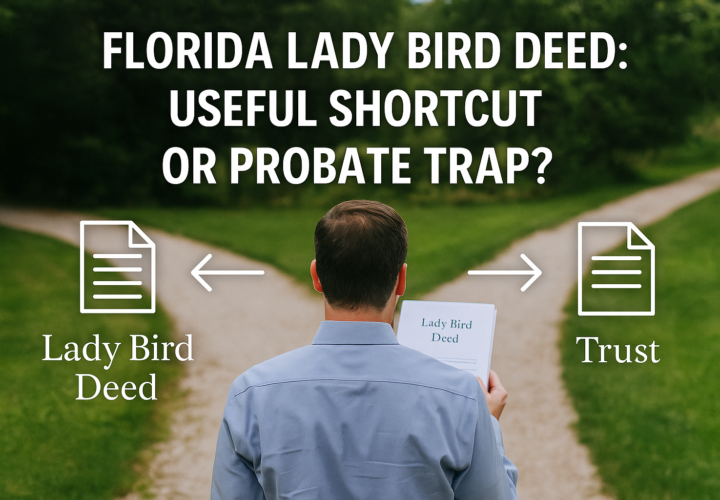What Happened?
The “Godfather of Soul,” James Brown, passed away on Christmas Day in 2006. Despite leaving behind a will, his estate became entangled in over 15 years of legal disputes. Brown had intended for the majority of his estimated $100 million estate to fund scholarships for underprivileged children in South Carolina and Georgia. However, a series of lawsuits, family disputes, and challenges to his will turned his estate plan into a prolonged legal battle.
At the center of the conflict was a disagreement among Brown’s family members, his ex-partners, and trustees over the validity of his will and his intentions for his music rights. His partner at the time of his death, Tomi Rae Hynie, claimed to be his wife, despite issues with the validity of their marriage. The family disputes were further complicated by a series of changes Brown made to his estate plan in his final years, some of which were contested by relatives and former business associates.
The case dragged on for more than 15 years, with disagreements over asset valuations, trust management, and even the rights to Brown’s music catalog. It wasn’t until 2021 that a settlement was reached, paving the way for the scholarship fund to be established as Brown intended.
What Went Wrong?
- Contested Will: Although Brown left a will, the contested terms led to confusion and litigation, undermining his charitable intentions.
- Disputed Marriage: The unresolved status of his marriage created additional claims against the estate, further complicating the probate process.
- Multiple Executors and Trustees: Disputes among the appointed executors and trustees led to delays and inefficiencies in administering the estate.
- Poor Communication: Brown’s lack of clear communication about his estate plan to his family and advisors left his intentions open to interpretation and challenge.
How It Could Have Been Prevented
- Using Irrevocable Trusts: Brown could have used irrevocable trusts to secure his assets for the scholarship fund, ensuring they were beyond the reach of legal challenges.
- Formalizing Marital Status: Addressing his marital status before his death would have clarified spousal inheritance rights and minimized additional claims against the estate.
- Clear and Regular Communication: Clearly communicating his estate plan to family members, trustees, and legal advisors could have reduced confusion and prevented disputes.
- Updating Estate Plans: Regularly updating his estate plan, especially after significant life changes, could have ensured that his wishes were legally valid and better protected.
Lessons for Your Estate Planning
James Brown’s estate underscores the importance of not just having a will, but also ensuring that it is clear, uncontested, and supported by additional legal instruments like trusts. To avoid similar issues:
- Utilize irrevocable trusts to protect assets for specific purposes.
- Clarify marital status to avoid potential claims.
- Maintain regular communication with heirs and advisors.
- Update estate plans regularly to reflect current wishes and prevent challenges.
By taking these steps, you can ensure that your legacy is preserved according to your intentions and that your estate avoids the kind of prolonged litigation that characterized James Brown’s estate.
Citations:
1. Overview of James Brown’s Life and Career
- Biography.com – James Brown
https://www.biography.com/musician/james-brown
Provides background information on Brown’s life, career, and contributions to music.
2. Details of the Estate and Legal Disputes
- The New York Times – “Years After His Death, James Brown’s Will Remains in Dispute”
https://www.nytimes.com/2018/10/15/arts/music/james-brown-estate-battle.html
Details the prolonged legal disputes over Brown’s estate, including family and charitable conflicts. - Rolling Stone – “James Brown’s Estate Battle: What’s Going On?”
https://www.rollingstone.com/music/music-news/james-brown-estate-battle-explained-1099046/
Provides an in-depth look at the conflicts and legal issues surrounding Brown’s estate and the intended scholarship fund.
3. Legal and Charitable Challenges in Estate Planning
- Forbes – “James Brown’s Estate Battle Shows Perils of Poor Estate Planning”
https://www.forbes.com/sites/trialandheirs/2020/11/30/james-browns-estate-battle-shows-perils-of-poor-estate-planning/
Discusses how poor estate planning led to prolonged legal issues, impacting Brown’s charitable intentions.
4. Importance of Trusts in Estate Planning
- Investopedia – “Why You Need a Trust for Complex Estates”
https://www.investopedia.com/articles/personal-finance/060916/why-you-need-trust-complex-estates.asp
Offers insights on the importance of trusts in protecting assets and ensuring clear instructions for distribution.
5. Common Issues in High-Profile Estate Disputes
- The Balance – “Lessons from Famous Estate Disputes”
https://www.thebalance.com/lessons-from-famous-estate-disputes-3505390
Highlights common issues in celebrity estates, including family disputes and the lack of clear directives.



